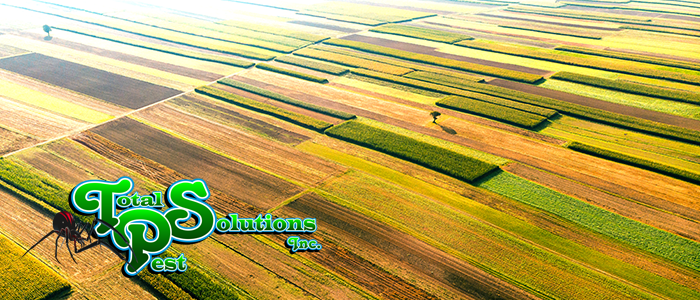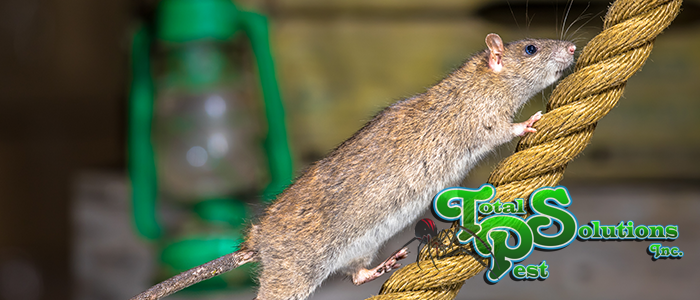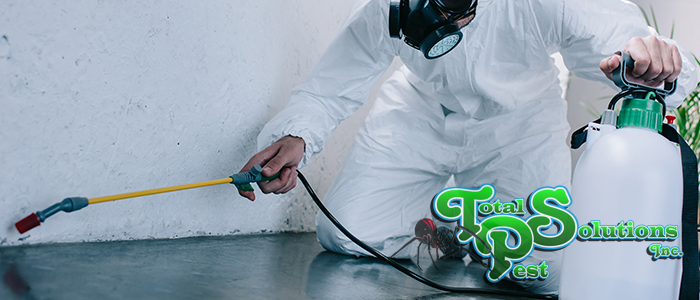
For many people, pest control is focused in the home. Who cares what those critters are doing out and about in the world? Well for Florida, there is another, equally scary type of pest – agricultural pests. Read on to learn all about this new world of agricultural pests.
Farming In Florida
Agriculture is one of Florida’s six main economic sectors. It is second only to tourism in how much it contributes to the state GDP. (International trade, aerospace & aviation, life sciences, and financial services are spaces three through six, if you were wondering.) Agriculture employees over 2 million people annually, and that’s not counting many many migrant workers that keep the system moving. It contributes over 100 billion dollars to the state annually. The tropical temperatures and significant amount of rain makes Florida perfect for many crops.
The state is most known for its citrus production, particularly oranges, however, Florida farmers do more than that. The state also produces plenty of tomatoes, dairy products, and sugarcane. In the agricultural off-season – January through March – Florida is responsible for over eighty percent of the nation’s fresh fruits and vegetables. Not only do the high yields insure that people have healthy food to it, it also keeps prices low.
The Pests
This heavy dependency on Florida’s fields means that there is something growing nearly year-round. A tantalizing meal for critters who have no other food source in the winter months. The Florida Department of Agriculture has a full list of agricultural pests and diseases if you’d like to learn more. The following are the pests that the Department of Agriculture considers to be the biggest threat to Florida’s agriculture.
-
Africanized Honey Bees
Although these bees are considered an agricultural pest, they are actually more of a threat to humans. They are known to swarm much more than regular honey bees, and their swarms ave claimed over 1000 human victims.
-
Cotton Seed Bugs
Cotton seed bugs unsurprisingly target cotton plants and plants in the cotton family. They feed on the plants, reducing overall crops and damaging the cotton that survives. If no cotton is available, they will also feast on nearly any fruits.
-
Eastern Lubber Grasshopper
These types of grasshoppers are large and colorful, taking up nearly the size of a human palm. If the population get too large, they will consume entire gardens or citrus groves.
-
Emerald Ash Borer
The emerald ash borer is a green, shiny beetle that loves to consume ash trees. It has killed millions of trees in a little less than two decades.
-
Exotic Fruit Flies
Fruit flies are near the top of the most destructive pests in the world list. Fruit flies will consume a wide variety of fruits, nuts, and vegetables. Much of Florida’s produce falls within its expansive diet.
-
Giant African Land Snails (a.k.a. GALS)
These snails not only consume over 500 different types of plants, they also pose a threat to humans as well. The snail acts as intermediate growth stage for a certain type of parasitic worm that causes meningitis, achiness, fever, nausea, and vomiting.
continue reading
Related Posts
Rat Infestation: A Nightmare in Your Home As a homeowner, […]
Don’t Let Pests Take Over: The Top 5 Signs You […]
Flea Infestations in Your Workplace – A Complete Guide for […]






